Stories—Tell Me Yours
mysteries, and my chosen time period is the turbulent era of the 1960s. My work
in progress is set in 1969, entitled Rainy
Day Women. This time my amateur sleuth, Austin Starr, gets drawn into a
murder investigation when her best friend, Larissa Klimenko, is suspected of
killing a leader in the women’s liberation movement. The action takes place in
those notoriously rain drenched cities of Seattle, Washington, and Vancouver,
British Columbia.
Like my debut book, Desolation Row, this second one takes
its name from the title of a famous Bob Dylan song. Dylan’s oeuvre is so vast
and so comprehensive that I can find almost anything I need to illustrate among
his song titles. Luckily for me, titles of creative works are not covered by copy
write law. When members of the boomer generation see the titles of my mysteries,
almost all of them will know that the books will either take place in the
sixties—or at minimum evoke them.
you may scoff when I say that what I write is historical fiction. It’s not that long ago, you may think.
Why, perhaps you yourself lived during that time. That cannot be history.
That time is dead and gone. Five decades gone.
classes at a community college in Alabama. Only about two in one hundred
students had heard the name of Bob Dylan. Moreover, none of them knew why the
United States was drawn into fighting a war in Vietnam. And none of them had
ever heard of the “domino theory.”
sixties. They are done.
write about that time period is to describe its importance to those who know
nothing about it. Reading fiction is an easy way to learn about history.
commemorate and revivify a part of American history that has had far reaching effects.
Societal upheaval was so intense in the 1960s that the aftershocks still are
felt today. We have only to watch TV news to see the rage called forth by the
changing, broadening roles of women to realize that these ideas are not yet
settled.
anti-war movement, and personal outcomes from military service…in Rainy Day Women, I explore the hopes for
female improvement held by early members of the women’s liberation movement.
Participating in that
movement was one of the most important intellectual endeavors I ever undertook.
The magnitude of changes that the movement made in me cannot be underestimated.
In my daily life, I speak occasionally about this, but I seldom hear others do
so.
were changed as mine was. I would love to hear your stories.
real military tale from World War II. I felt it was almost a sacred experience
that I didn’t want to disrespect by making up events…although I certainly fictionalized
them enough so that no one can tell whose stories they were.
book, Rainy Day Women I would like to
include a few real memories from real women who participated in women’s
liberation groups.
share, I am eager to listen. Rest assured, I will not incorporate your words
into my writing without asking your permission. I hope you will let me hear
from you.
 |
| Kay and her bunny Dusty |
Kendall is an international
award-winning public relations executive who lives in Texas with her husband,
five house rabbits, and spaniel Wills. A fan of historical mysteries, she wants
to do for the 1960s what novelist Alan Furst does for Europe in the 1930s
during Hitler’s rise to power–write atmospheric mysteries that capture the
spirit of the age.

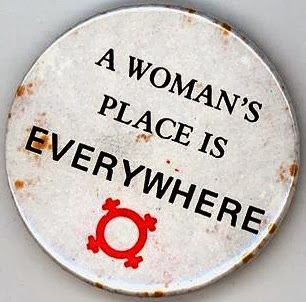
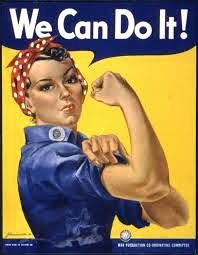
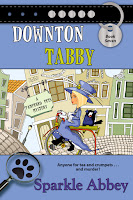
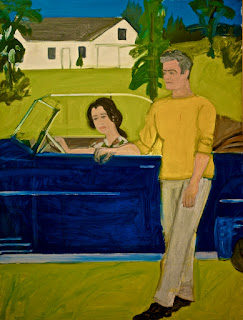
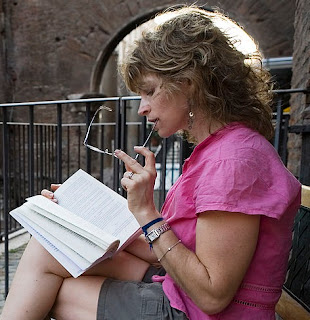

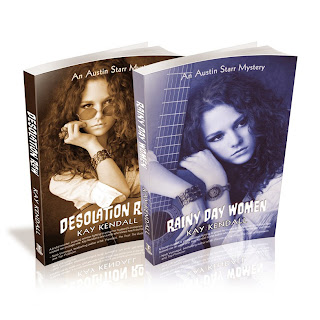
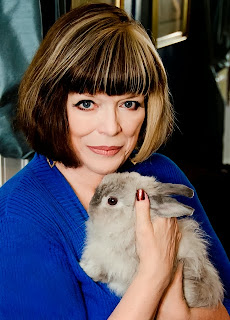
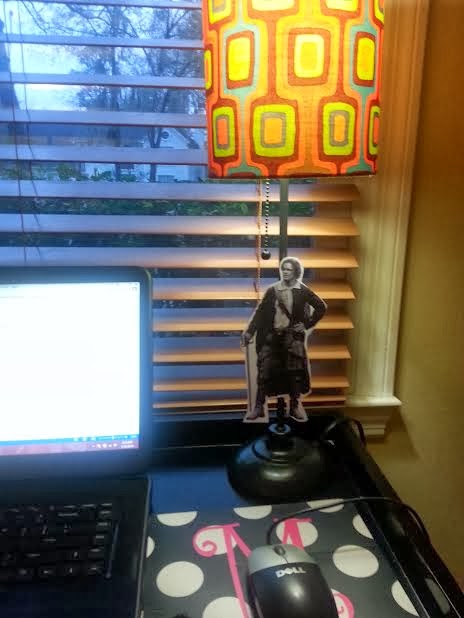
I had a different take on the time period mainly because my husband was a Seabee who did three tours in Vietnam while I was home with what eventually became 5 kids. We lived a block from the base, did all of our shopping there, and the people in Oxnard and Hueneme were supportive of those over there if not of the war. Also during that time I had Camp Fire Girls group–big one–up to 20 girls–all colors and hues–and we all had a great time together. Our schools were already integrated because the neighborhood were already–people owned their own homes, but it was inexpensive to buy one then. We paid $100 down for our house as did many Seabee families as well as police and fire families. So things that were going on elsewhere, were not going on where we lived.
Thank you for sharing that information, Marilyn. It's always important to remember that not everyone has the same experiences, not to over-generalize. My uncle was a Seabee in WWII. My son is now a lt. col. in the Army Corps of Engineers. I can relate…a little bit. It sounds as if you had a supportive place to raise your children. Three tours in 'Nam is a ton! My first mystery, by the way is pro-soldier, and anti-war. I have the greatest respect for men and women who choose to serve. We owe them so much, for their entire lifelong journey.
PS. Or in earlier cases, for those who were drafted and had to serve.
My husband loved the Bees–it was tough for me because he was gone so much. I'm not pro-war–but it was a lot easier living in a community where the people were pro military. At that time there were three bases, Port Hueneme, Pt.Mugu and the now closed Oxnard Air Force Base. Many civilians worked and still do in those places–the economy was supported the military.